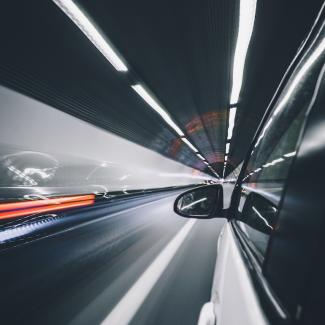Call: (443) 467-6794
| Email: shop@autoglassone.com |

The driving experience has been greatly improved with the introduction of new car technology, which not only enhances safety but also increases efficiency. However, most of the new technology in vehicles is powered by a windshield-connected camera that forms a part of the Advanced Driver Assistance System (ADAS). Proper recalibration is required for this camera in case of any damage to the vehicle.
The term ADAS refers to Advanced Driver Assistance Systems, which include various features such as Forward Collision Avoidance, Blind Spot Detection, Lane Departure Warning and Lane Keep Assist. These systems utilize visual, audio, or touch signals to alert the driver.

To ensure the ADAS operates to its full capacity, all cameras and sensors on the windshield must undergo calibration and testing. Inability to function properly can hinder the ADAS from working optimally.

A windshield calibration is a necessary step that can be performed during any scheduled windshield repair or replacement. However, it is possible for a sensor to be disturbed even in minor accidents or fender benders. While the windshield may not appear to be damaged, it is important to prioritize calibration to ensure the safety of both the driver and passengers. Auto Glass One takes this responsibility seriously and recommends scheduling a consultation after any accident, no matter the severity. A windshield camera calibration typically takes between 30 to 45 minutes and is the most effective way to guarantee maximum safety while driving.

To recalibrate the camera, it is necessary to drive the vehicle on a clearly marked road at a specific speed for a certain amount of time under favorable weather conditions. The duration of the process may vary, depending on the vehicle's brand and model, and it can take up to an hour. The aim of this recalibration is to ensure that the vehicle is familiar with the road, enabling it to carry out its essential tasks effectively.
As part of the calibration process, a target image is placed on a fixture in front of the car, and it does not involve driving. The purpose is to maintain consistency of external elements to evaluate camera performance. The duration of this procedure varies depending on the vehicle's brand and type and can take up to an hour or more.